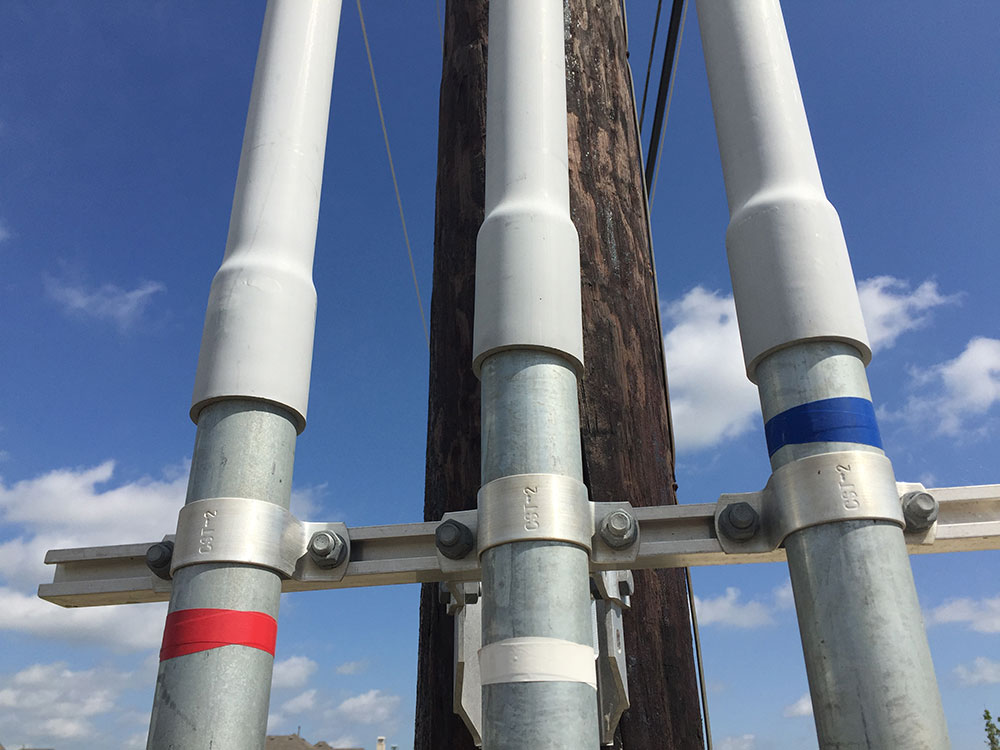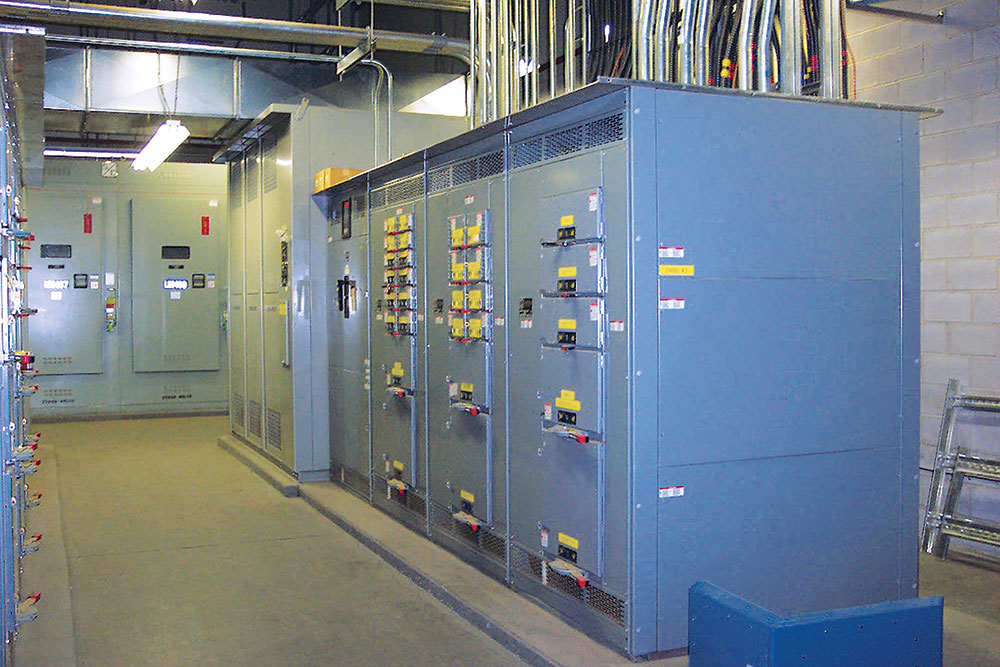Authorities from CMP-5 received a public input(s) asking for clarification to the connection of the structural steel of in-ground permanently installed swimming pools as part of the grounding electrode system.
CMP 12 acted on several proposed changes to Article 620 during the revision cycle for the 2017 NEC that deal with the proper installation of elevator controllers.
As an installer and an inspector, one common issue I've seeen is incompatible connections associated with raceways connections and fittings.
This article addresses one of the largest connections within a dwelling unit and, in all likelihood, the largest branch circuit: the range and/or the oven.
A new Section 210.71 titled, Meeting Rooms was introduced into Chapter 2 of the 2017 NEC requiring a minimum number of receptacle outlets for certain size non-dwelling unit meeting rooms.
To start with let’s look at the different types of ground fault protection. The remainder of this article will focus on ground fault protection requirements for distribution equipment.
Understanding the information on equipment nameplates is essential to properly evaluate an air conditioner or heat pump installation. This understanding simplifies the selection of the correct branch-circuit conductor size, the type and rating of the overcurrent protection device, and the size of the disconnecting means.
Ground potential rise is a very important and very dangerous event. The grounding engineer will be required to develop safety systems to protect any personnel working where ground potential rise hazards are known to exist.
In many areas, the construction management (CM) has emerged as the go-to replacement for more traditionally and historically accepted general contractor-led project delivery methods, particularly regarding large governmental or institutional work.
This technical article describes the basic principles of three-phase systems and the difference between the different measurement connections that are possible.














